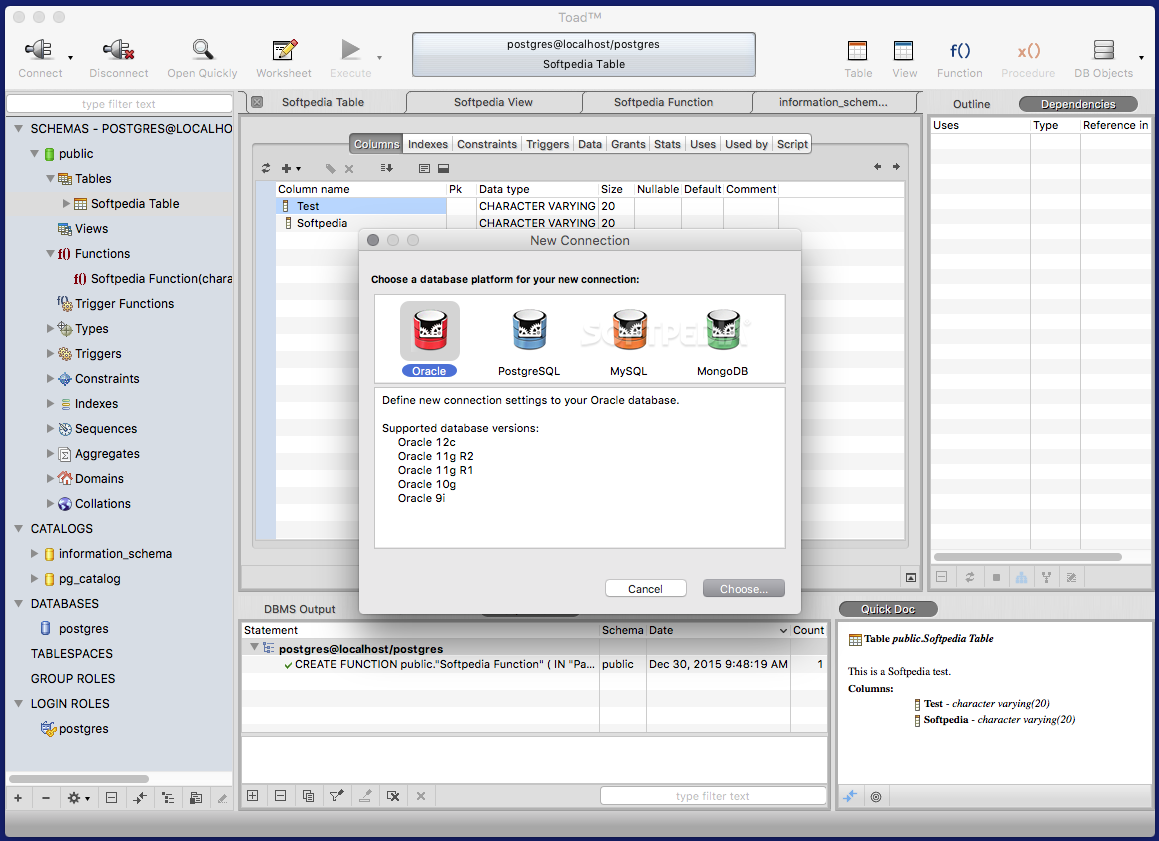
At this stage you will not be asked for any authentication. Step 4: Finally connect to PostgreSQL database server using any tool such as psql or pgAdmin: psql -U postgres.

The C:Program FilesPostgreSQL12data is the data directory. Password: yourPasswordHashFunction(user.password),Ĭreated: Math.floor(Date. pgctl -D 'C:Program FilesPostgreSQL12data' restart. 'Free and open source' is the primary reason people pick DBeaver over the competition. To connect to PostgreSQL, set the Server, Port (the default port is. Enter values for authentication credentials and other properties required to connect to PostgreSQL. On the next page of the wizard, click the driver properties tab. In the Create new connection wizard that results, select the driver. take a user object and use knex to add it to the database, then return the newly DBeaver, DataGrip, and pgAdmin 4 are probably your best bets out of the 14 options considered. In the Databases menu, click New Connection. In the database I also have a password column, but since I don't want that queried I leave it out of my userType. Learn postgresql - This section provides an overview of what postgresql is, and why a developer might want to use it.It should also mention any large. I'm going to assume that you have created a userType in your GraphQL schema that has three fields: id, username, and created: all required, and that you have a getUser function already defined which queries the database and returns a user object. Here is an example of a mutation using the promise-based Knex SQL query builder, first without Relay to get a feel for the concept. GraphQL is database agnostic, so you can use whatever you normally use to interact with the database, and use the query or mutation's resolve method to call a function you've defined that will get/add something to the database.


 0 kommentar(er)
0 kommentar(er)
